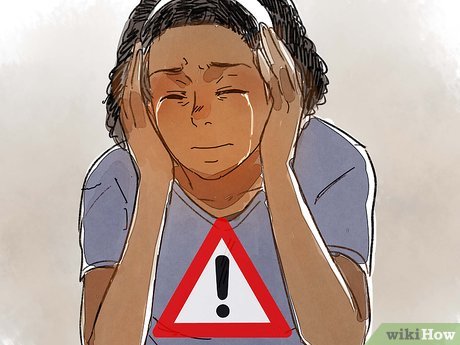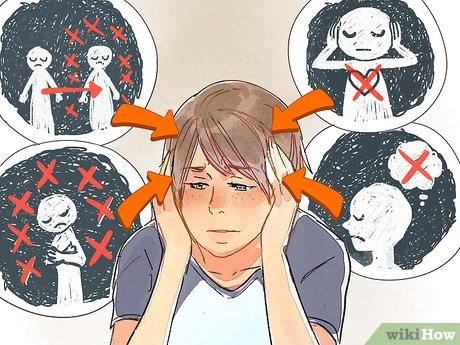How to Treat Acute Stress Disorder

Symptoms of acute stress reaction include feelings of overwhelming fear, pessimistic beliefs, and a lack of control over their environment. People who experience frequent episodes of acute stress are at risk for developing PTSD. These symptoms can cause high blood pressure, chest pain, and aggressive behavior. Thankfully, there are ways to reduce the effects of stress and regain control over your life. If you’re feeling overwhelmed, there are many resources available to help you cope with your emotions.
Early treatment is the key to successful recovery from this condition. The first step in tackling this problem is to find a traumatic event that caused your symptoms. Children may be unwilling to discuss such an event, so it’s important to find a healthcare provider with experience in dealing with children. However, psychotherapy can help your child recover from the distress of PTSD and minimize the chances of it occurring again. For instance, if your child has suffered a traumatic event as a child, it’s important to talk about the experience with family members or friends.
Chronic stress is a chronic condition caused by recurrent bouts of fear or anxiety. Acute stress is typically a response to a sudden crisis, such as a severe accident. Acute stress reactions can be triggered by domestic violence or sexual assaults. The first step of treatment is to minimize the chances that another traumatic event will occur. The second step is to treat the underlying cause of the disorder. If the cause of the disorder is not known, a doctor can prescribe antidepressants and therapy to relieve the symptoms.
The first step of treatment for acute stress disorder involves talking to a healthcare provider. The healthcare provider must be knowledgeable and skilled in dealing with children, as children may not want to talk about the traumatic event that caused them to develop symptoms. After this, psychotherapy is used to address the symptoms and minimize the risk of reoccurrence of the traumatic event. The goal of psychotherapy is to reduce the risk of the traumatic event for the child.

Cognitive therapy is a component of trauma-focused CBT. This type of therapy has been shown to be effective in preventing PTSD when used alone or in combination with other treatments. It is recommended for people who have recently suffered an traumatic experience to seek medical help. A healthcare provider will also make sure the patient’s family has the right support to get through this challenging time. Acute stress disorder is a disorder that affects children’s health and can be treated.
In acute stress disorder, symptoms occur between three and six days after a traumatic event. During this time, the patient is unable to speak about the traumatic experience and is disconnected from themselves. Acute stress disorder is a severe emotional problem that can be cured. Using psychotherapy is an important part of treating this disorder. It is important to be open and honest with your healthcare provider. You should not be ashamed of your feelings. This can help you deal with the symptoms.
Although PTSD can affect anyone, it’s important to remember that it can cause physical problems. It can worsen any existing health condition. Research shows that stress can increase your chances of developing heart disease, diabetes, obesity, Alzheimer’s disease, and gastrointestinal problems. In addition, it can aggravate asthma symptoms. Thus, it is important to seek help to overcome this condition. It is important to avoid stressors. Your child must be protected from any traumatic event.
Although PTSD is not a life-threatening condition, it is a serious condition. This can worsen an existing health condition. Several studies show that stress can also exacerbate an existing health problem. For example, post-traumatic stress disorder can cause gastrointestinal disorders, diabetes, and heart disease. It can also cause gastrointestinal problems such as intestinal irritation and diarrhea. It can also lead to sleep problems. It is important to find ways to manage these symptoms.
The first step in the treatment of post-traumatic stress disorder is the recommendations on the site https://nuffnang.co.th/ and a conversation with a doctor. The healthcare professional needs to know the specific event that caused the symptoms of the disorder. In addition, the child will not want to discuss the traumatic event, so the health worker must be trained to talk to the child. In the long term, the treatment plan will include psychotherapy with the entire family, including parents. The goal of therapy is to reduce the likelihood of another traumatic event occurring.